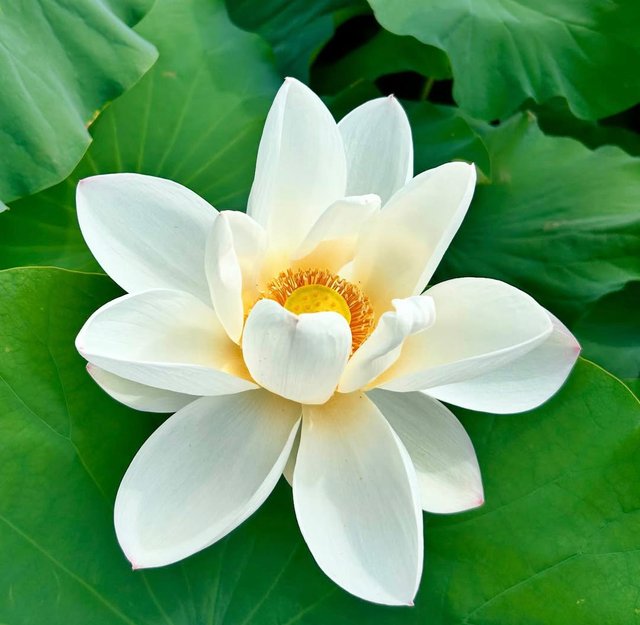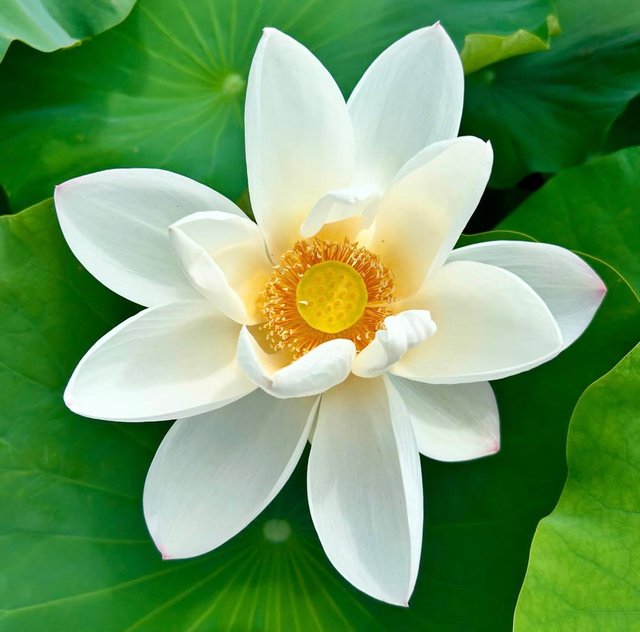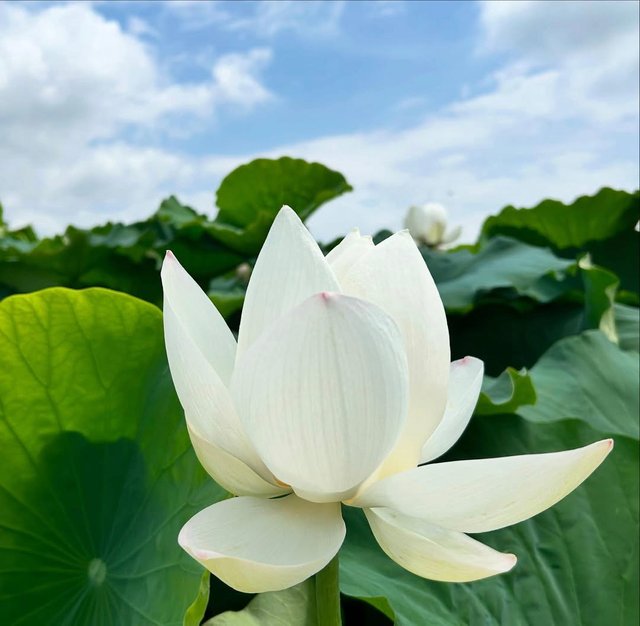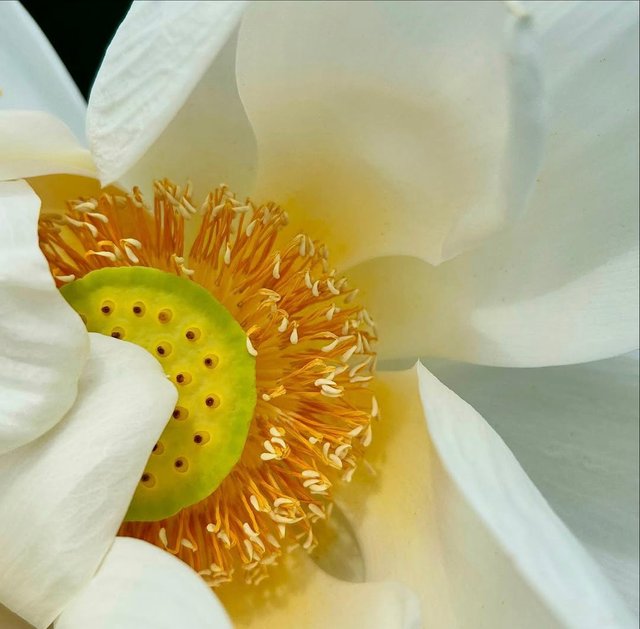Pygmy Water-lily
In the hush of a forest pond or a quiet backwater stream, where dragonflies hover and frogs whisper secrets, there blooms a small wonder that few notice at first glance — the Pygmy Water-lily, scientifically known as Nymphaea tetragona. Though often overshadowed by its larger cousins, this delicate aquatic plant carries an elegance and resilience that’s all its own.
Native to cool temperate regions of Europe, Asia, and North America, the Pygmy Water-lily is the smallest member of the Nymphaea genus. With its dainty white flowers — usually just 2 to 5 centimeters across — floating gently on the water’s surface, it gives off an air of quiet serenity. The petals are pristine white, sometimes blushing with pale pink, surrounding a bright yellow center that attracts tiny pollinators.Its leaves, round or slightly heart-shaped, are just as modest in size. They float flat on the water, rarely overlapping like the grand displays of larger water lilies. But don’t mistake its size for weakness. This plant is incredibly adaptable, thriving in shallow, slow-moving waters from Siberian marshes to Canadian lakes.
Nymphaea tetragona prefers clear, cool, and acidic waters, often found in boreal and subalpine zones. It anchors itself with rhizomes in the muddy bottoms of ponds or small lakes, where it quietly purifies the water and provides shelter for aquatic life.The species name "tetragona" refers to the four-angled ovary of the flower, a distinctive trait that sets it apart from other lilies. Botanists appreciate the Pygmy Water-lily not just for its aesthetic appeal, but also for its evolutionary importance — it's often seen as a more "primitive" member of the Nymphaeaceae family, providing insight into the early development of flowering plants.It’s also notable for being one of the few lilies that can flower in relatively low-light environments, an adaptation to the cooler, often forest-shaded waters where it grows.




